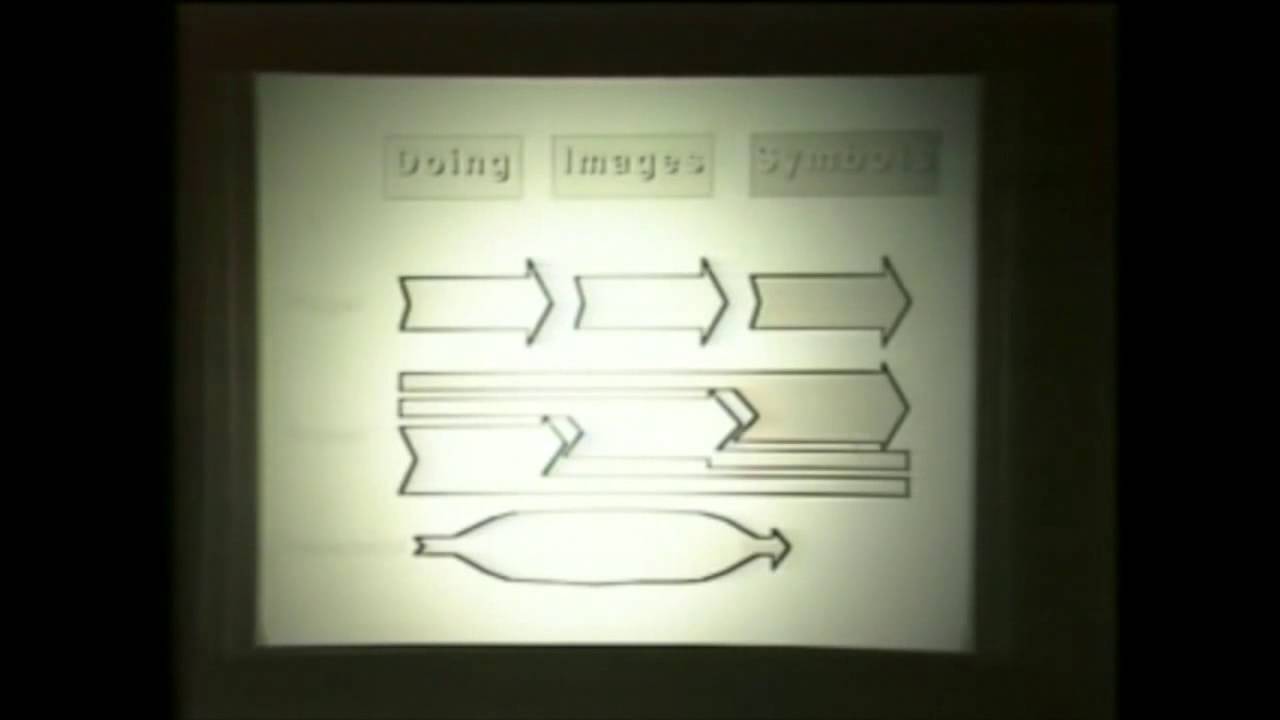Hey, any body of you having read this article By Paul Cisuano:
https://pchiusano.github.io/2013-05-22/future-of-software.html
I think this matches the philosophy of Holochain pretty well
and solves complementary problems to what Holochain solves.
It will still take quite some time till the unison language that
Paul Chiusano et al are developing is truly “production ready” though.
Unison is (to my knowledge) the first fine grained content addressed programming language.
Just like Git, Nix, IPFS, and of couse Holochain is content addressed.
But unison is extremely fine grained at that.
Per closure fine grained that is.
Though there is much more to the “future of coding”
than just the unison language …
Enso (formerly Luna) is a second language in
the “future of coding” space that really seriously aims at practical usability.
Unfortunately enso is not content addressed as unison is.
The Enso devs are earlier than the unison lang devs with
their visual projectons of their internal code representation.
So it might give some preview?
Beside those two projects that seriously aim at practicality there
are many cool proof of concept demos of projectional languages:
Including but not limited to:
Fructure, Lamdu, Hazel, The Subtext demos, Isomorf, (odd one out: Eve), …
Here’s a linklist to some more:
https://www.reddit.com/r/nosyntax/wiki/projects
And there are higher level systems along
the lines of what Bret Victor presents in his presentation
“Drawing Dynamic Visualizations”
vimeo alternative https://vimeo.com/66085662
I can highly recommend watching this!
There is also the sketch-n-sketch demo in sort of this direction
http://ravichugh.github.io/sketch-n-sketch/
These higher level systems will desperately need the above mentioned
lower level projectional languages to become truely scalable.
I can’t go into details here but I am thoroughly convinced that this is the case.
Pretty much all of Conal Elliotts research work is highly relevant.
Especially including “Tangible Values” that is:
Projecting code into GUI interfaces and thereby making them truly composable:
I hope such ideas can be combined with Holochain at some point in the future.
Realistically this is not any time soon though.
Holochain is already a bit ahead of its time by choosing Nix and Rust.
But what I described above is a whole nother leap.
Related links:
https://www.unisonweb.org/
(both of these have notable slack communities)
To be continued …





 when I saw the first demonstration about unison (
when I saw the first demonstration about unison ( are actually defining a ‘programming language’. Also anyone who references Bret Victor gets my vote!
are actually defining a ‘programming language’. Also anyone who references Bret Victor gets my vote! (preface: before anyone moans about use of any related words in these domains, they are for community ownership, if anything ever gets built!)
(preface: before anyone moans about use of any related words in these domains, they are for community ownership, if anything ever gets built!)